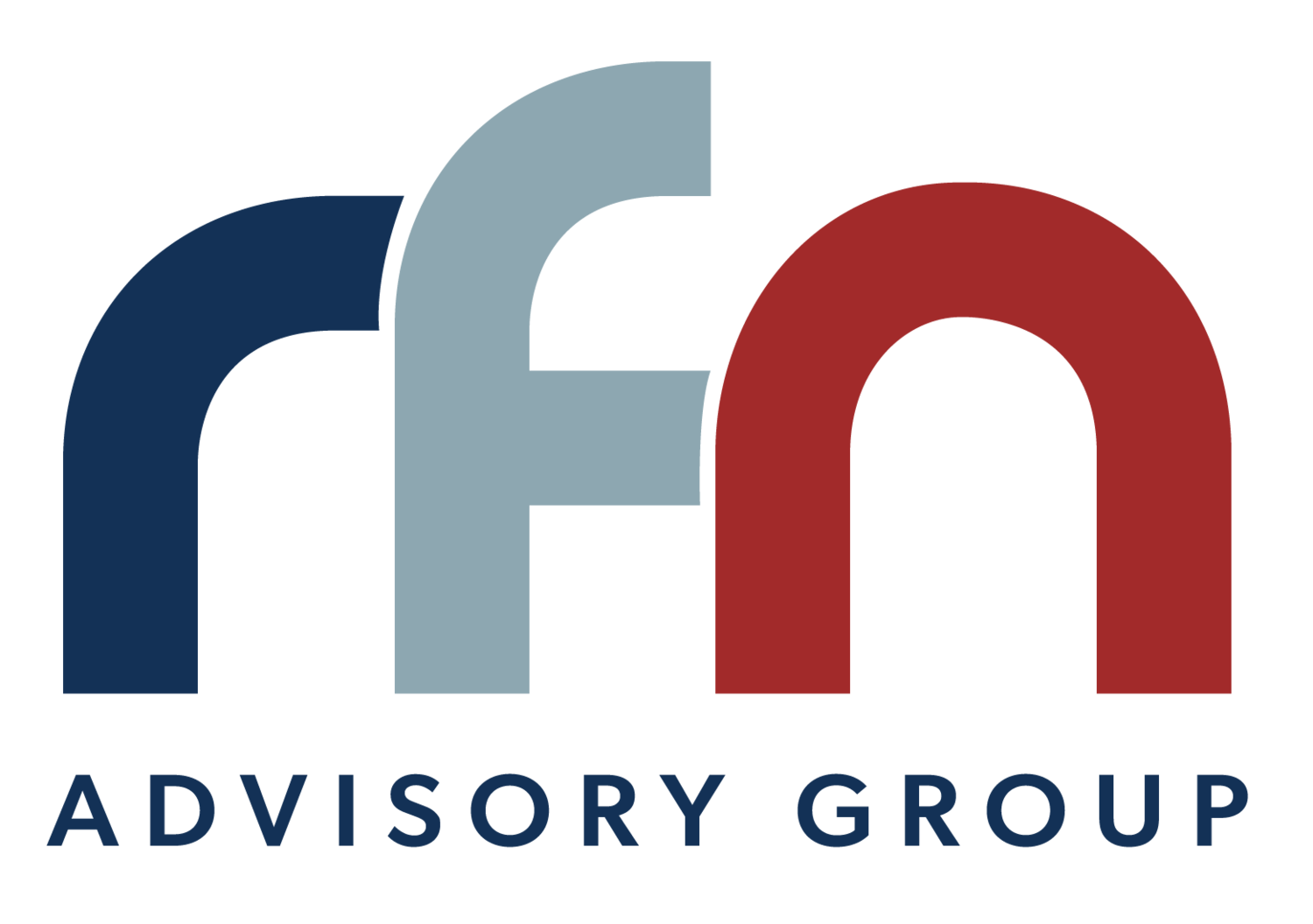“We must take the current when it serves, or lose our ventures.”
So, you own a business. You peruse popular business websites and magazines and notice numerous articles about diversity, equity and inclusion (DEI). Maybe you visit a bookstore and see fifteen new and noteworthy books on topics related to DEI. If you worked at any level of government or for a large corporation, you would very likely be required to take DEI or cultural competency training. What do you make of this?
What we’re seeing is a cultural shift. We already know successful business owners are accustomed to pivoting their product or service according to the tides of consumer demands. COVID-19 proved this. But what many business owners may not be so familiar with is pivoting to meet the needs of an increasingly diverse labour pool, in order to achieve the same level of success.
While diversity extends far beyond just race, it is worth mentioning the US is less than a decade away from being barely a white majority.1 Demographics in North America are swiftly changing due to globalization and naturally, so is the workforce. Younger people are beginning to make their way onto and up the corporate ladder and study after study leaves no room for misinterpretation. Young people want equitable employers and they’re not willing to compromise. Not even for money.
So, you own a business and you’re interested in making DEI a priority. Maybe you aren’t sure of how to get the ball rolling or what this process will even look like.
The first thing to keep in mind is everything – not just diversity and inclusion – begins and ends with the owner and management, especially for small and medium sized business. If they aren’t committed to DEI and actively showing it in how they conduct business and interact with their people, it’s not going to work. Employees determine where and how they fit into an organization by taking cues from superiors and the existing workplace culture they’ve created. If people are constantly gossiping and bringing others down, quitting left and right and are ultimately afraid to speak up about concerns, this is a clear sign the culture will undercut any meaningful DEI measures. Lasting change comes from the top and trickles downward.
To create or enhance a workplace culture so it is hospitable to diversity and inclusion initiatives, business owners and people leaders must begin by reflecting inwards and being honest about their strengths, limitations and priorities. Scary as it may be, there is immense transformational power and potential in acknowledging our mistakes and what we don’t know.
In her book, Being Wrong: Adventures in the Margin of Error, Kathryn Schulz reminds us, “the capacity to err is crucial to human cognition. Far from being a moral flaw, it is inextricable from some of our most humane and honorable qualities; empathy, optimism, imagination, conviction and courage… wrongness is a vital part about how we learn and change. Thanks to error, we can revise our understanding of ourselves and amend our ideas about the world.”
Reflecting on our strengths and limitations helps us understand not only that they exist but are also embedded into the bedrock of our business. Acknowledgment begets change and the following are two great ways to begin this work:
Acknowledge unconscious bias – becoming more aware of your conscious and unconscious biases and beliefs will help you become a more effective ally and inclusive leader. Showing your willingness to talk about the things you don’t yet know demonstrates your commitment to change. Your employees will be encouraged to follow suit.
Be willing to have vulnerable conversations – your people have excellent insight into the blind spots of your business which, if remedied, can help increase the overall value of your business in the long run. But only if they feel safe to communicate without fear of consequence. Though it will be uncomfortable at first, initiating and being receptive during tough conversations can help reassure them you value their insight.
Diversity, equity, inclusion and belonging expert Felicia Johnson specializes in facilitating honest, open conversation and honors the courage it takes to make diversity and inclusion truly successful. If you’re interested in learning more about the work she does, check out her following courses on the RFN Academy:
RFN Academy’s Diversity and Inclusion program – a comprehensive look at how diversity, inclusion, equity and belonging directly influence your business outcomes in our increasingly globalized world.
The Power of Understanding Diversity, Equity, Inclusion and Belonging – an introduction to the foundational concepts of DEI.
Diversity and Inclusion Onboarding program – help new and existing employees succeed on a diverse team. This program is a first step to implementing diversity and inclusion practices that are accessible and meaningful for employees.
1 Dannie Lynn Fountain, Ending Checkbox Diversity: Rewriting the Story of Performative Allyship in Corporate America. (62).
